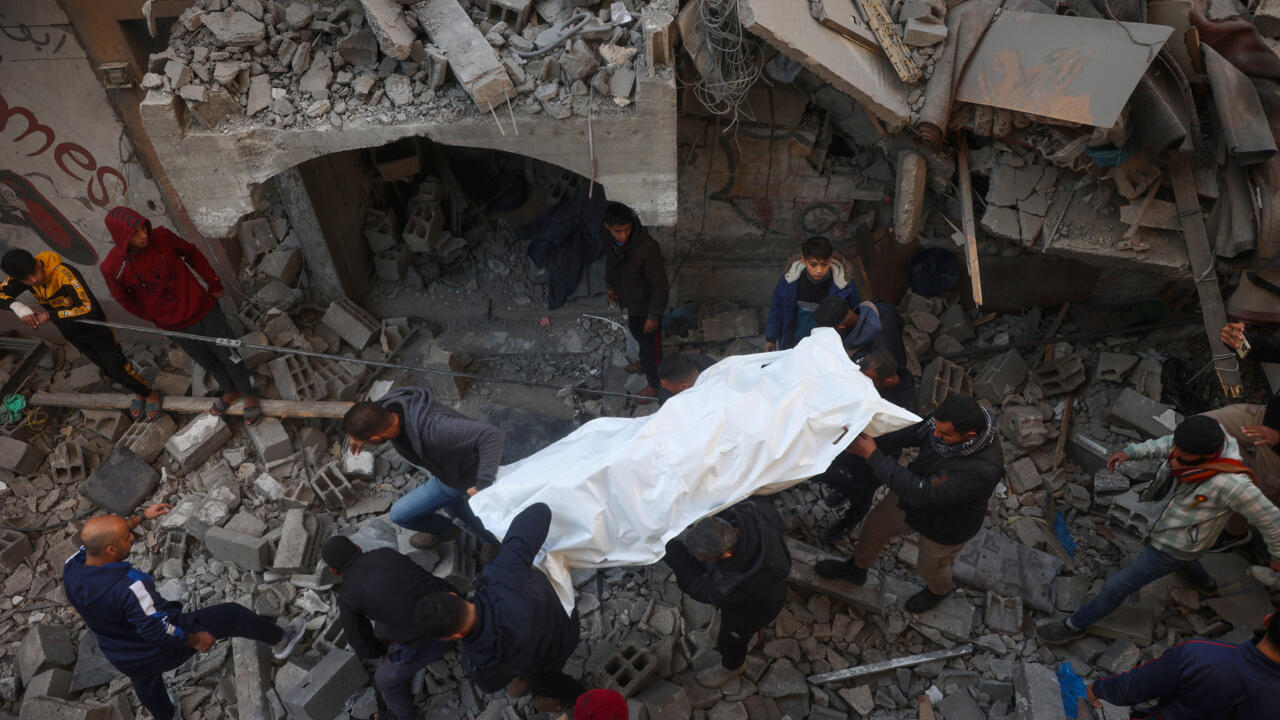“We only kept in the analysis those who were confirmed dead by their relatives or confirmed dead by the morgues and the hospital,” lead study author Zeina Jamaluddine, an epidemiologist at the London School of Hygiene and Tropical Medicine, told AFP.
The researchers scoured the lists, searching for duplicates.
“Then we looked at the overlaps between the three lists, and based on the overlaps, you can come up with a total estimation of the population that was killed,” Jamaluddine said.
Patrick Ball, a statistician at the US-based Human Rights Data Analysis Group not involved in the research, has used capture–recapture methods to estimate death tolls for conflicts in Guatemala, Kosovo, Peru and Colombia.
Ball told AFP the well-tested technique has been used for centuries and that the researchers had reached “a good estimate” for Gaza.
Kevin McConway, a professor of applied statistics at Britain’s Open University, told AFP there was “inevitably a lot of uncertainty” when making estimates from incomplete data.
But he said it was “admirable” that the researchers had used three other statistical analysis approaches to check their estimates.
“Overall, I find these estimates reasonably compelling, he added.
‘Criticism’ expected from both sides
The researchers cautioned that the hospital lists do not always provide the cause of death, so it was possible that people with non-traumatic health problems — such as a heart attack — could have been included, potentially leading to an overestimate.
However there were other ways that the war’s toll could still be underestimated.






